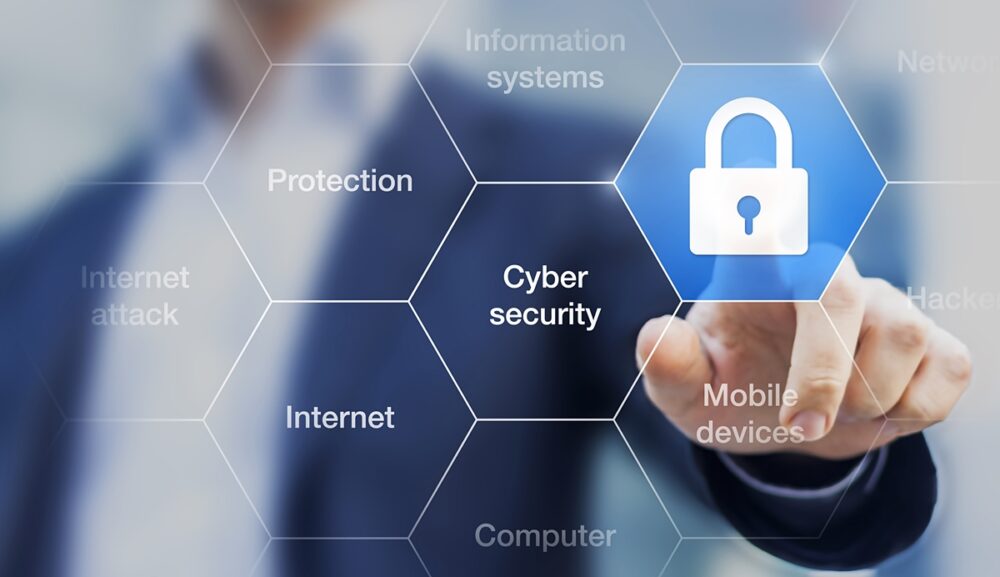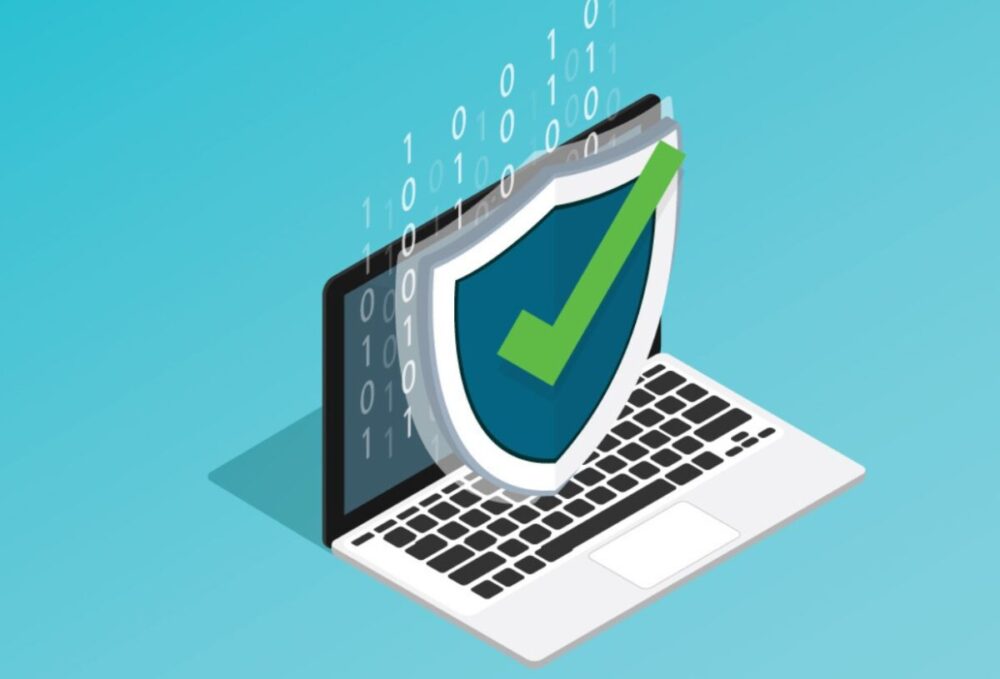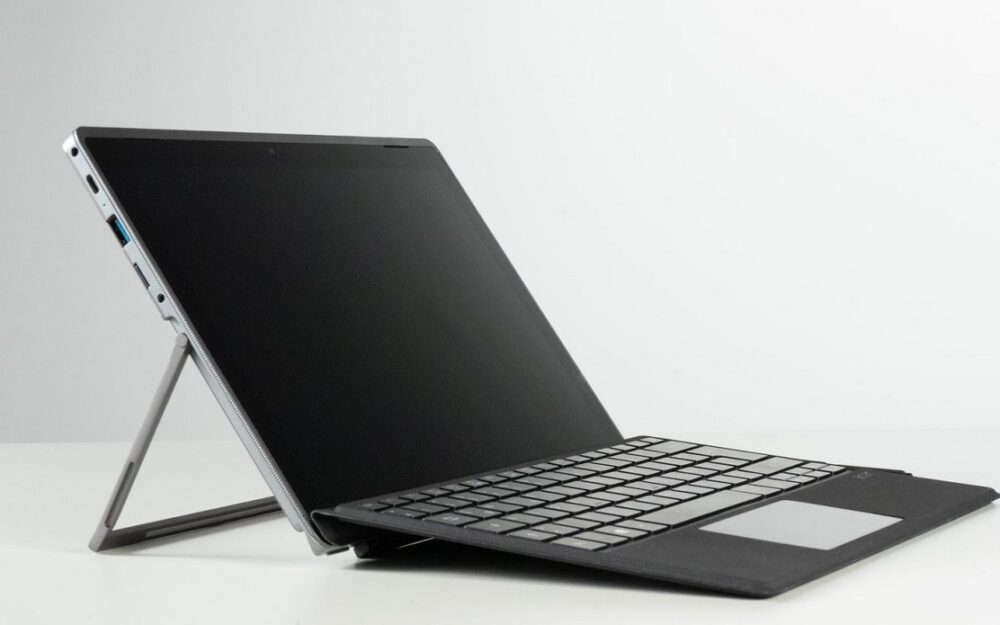Did you know that Microsoft’s Windows operating system (OS) is the most hacked in the world?
According to one survey recently published by Statista, the Windows OS represents a whopping 91 percent of all the ransomware attacks reported by the participating managed service providers (MSPs). It’s a similar story when it comes to other types of malware and viruses; Windows leads the pack.
One reason why Microsoft’s Windows platform is so prone to attack is that it holds the predominant market share. In 2016, for instance, Microsoft claimed it had more than 400 million active Windows 10 users, and that’s not considering the users running earlier versions of the OS. In contrast, Mac user numbers represented just a quarter of this figure in 2017.
PCs are more affordable, accessible, and therefore more popular. Accordingly, hackers are likely to develop malicious software that is designed to infiltrate PCs.
If you’re a Windows user, it only makes sense to protect your device (and your personal data) against as many threats as possible. To help you do that, we have compiled a list of the best ways to secure Windows in 2024. But first, let’s take a look at some of the critical areas of concern.

Three key threats facing Windows devices in 2024
Social engineering attacks
Social engineering is a non-technical attack strategy that relies on inherent human foibles and manipulation to deceive users into opening a link to follow another route to allow malware into a device. In 2024, social engineering attack numbers are projected to skyrocket, particularly as cybercriminals capitalize on the pandemic. In fact, Microsoft notes that social engineering attacks in the US have increased from 20,000 to 30,000 a day. As criminal groups gain success from social engineering tactics such as phishing, it fuels further attacks of the same sort.
Human-operated ransomware
Human-operated ransomware attacks are the reserve of dedicated threat actors who are willing to put time and effort into a larger-scale attack. This is not a “spray and pray” hack technique, rather it is a concerted effort to make big money from big targets, such as enterprises running a network of PCs. In this attack type, a criminal gang concentrates its resources on lucrative targets, and these ransomware attacks are becoming more powerful and common. According to one leading cybersecurity firm, one in three attacks is enterprise ransomware.
Botnets
According to Check Point’s 2024 Security Brief, the botnet army is set to grow. Enterprising threat actors have developed several malware families into botnets in order to create armies of infected computers that are then used to launch attacks. For example, Emotet, which was 2024’s most commonly-used malware, started life as a banking trojan but rapidly evolved into a tenacious and versatile botnet that is capable of inflicting a plethora of damaging actions, including data theft and releasing ransomware.
Of course, these are just a few of the security concerns that experts are pinpointing in 2024; there are more and less sophisticated, traditional threat types still exist too. It’s safe to say that it’s a security warzone out there. Here’s how to stay protected.

Top tips to secure your Windows PC in 2024
Use a full suite of additional security software
Above and beyond enabling Windows’ in-built security tools (more on those below), you should use a full suite of paid security software solutions including:
- Antivirus – To detect and detain traditional PC threats such as worms and Trojans.
- Antimalware – To identify modern, dynamic threat types that traditional antivirus programs may miss.
- Virtual Private Networks (VPNs) – Particularly important for remote workers, VPNs shield internet activity from prying eyes and encrypt data traffic. Click here to learn more about what a VPN is.
- Enterprise-level firewalls – Individuals can rely on Windows’ in-built firewall, but companies should look for enterprise-level protection.
Enable Windows’ own, native security tools
Provide an additional layer of protection by enabling all of the native security tools Windows offers. Look for these features:
- Windows Defender SmartScreen – This tool will block access to sites that have previously been reported as containing malware or phishing.
- Microsoft Bitlocker – A native, full-drive encryption system that is available for Windows 10 Professional and Enterprise.
- Device Encryption – Encrypts all of your personal data and files.
- Windows Defender Firewall – Helps keep you safe from online threats.
- Windows Sandbox – Run any applications you’re not 100 percent sure you trust in “sandboxed” isolation.
- Windows Hello – Sign in to your device using your personal biometric data.

Keep your PC updated
Granted, Windows updates are notoriously slow and can be pesky, especially if you’ve just turned on your PC to start work. But updates are a critical security matter as companies such as Microsoft release these to patch known bugs, vulnerabilities, and exploitable elements. If you’re running Windows 10 or above, your PC should update automatically, but if you’re running an older OS, you should check for updates regularly.
Pay attention to the cybersecurity basics
Here’s the part where we reiterate all the advice you’ve heard a million times before, but it’s key to a secure device. Digital hygiene matters, so make sure you:
- Choose long, complex passwords always (use a password manager to keep these in order).
- Sign out of accounts when you’re finished using them.
- Don’t work or browse the internet on open, public access WiFi networks. Or if you have to do so, make sure your VPN is connected.
- Use two-factor authentication (2FA) whenever possible.
- Keep your hard drive clean.

Be careful what you download
One of the best things about Windows is the sheer number of applications designed for the platform. But not all of these are legitimate, and even the ones that are legitimate can hide digital nasties.
- Verify the app publisher before you make a download.
- Understand that if an app is free, you may be paying for it with data such as your browsing habits.
- Scan a new app’s files with your antivirus before you open any.
- Check the app’s size. Search online to see how big the file you’re downloading is meant to be.
It might be the world’s most popular platform, and Windows 10 might offer Microsoft’s most advanced digital security features yet, but there’s still plenty of ways threat actors can infiltrate your device. Follow the tips above to keep your device, and your data secure in 2024 and beyond.





